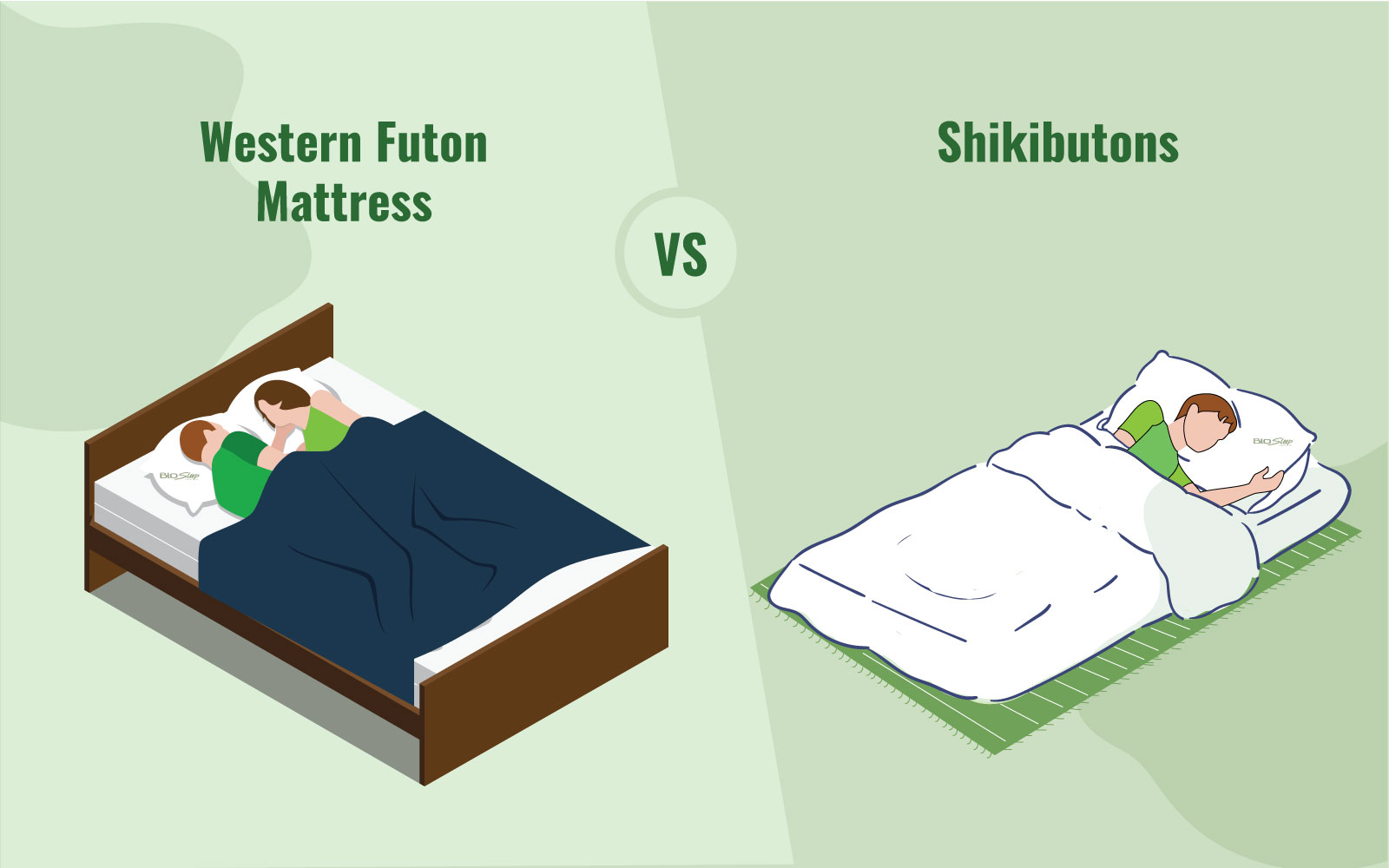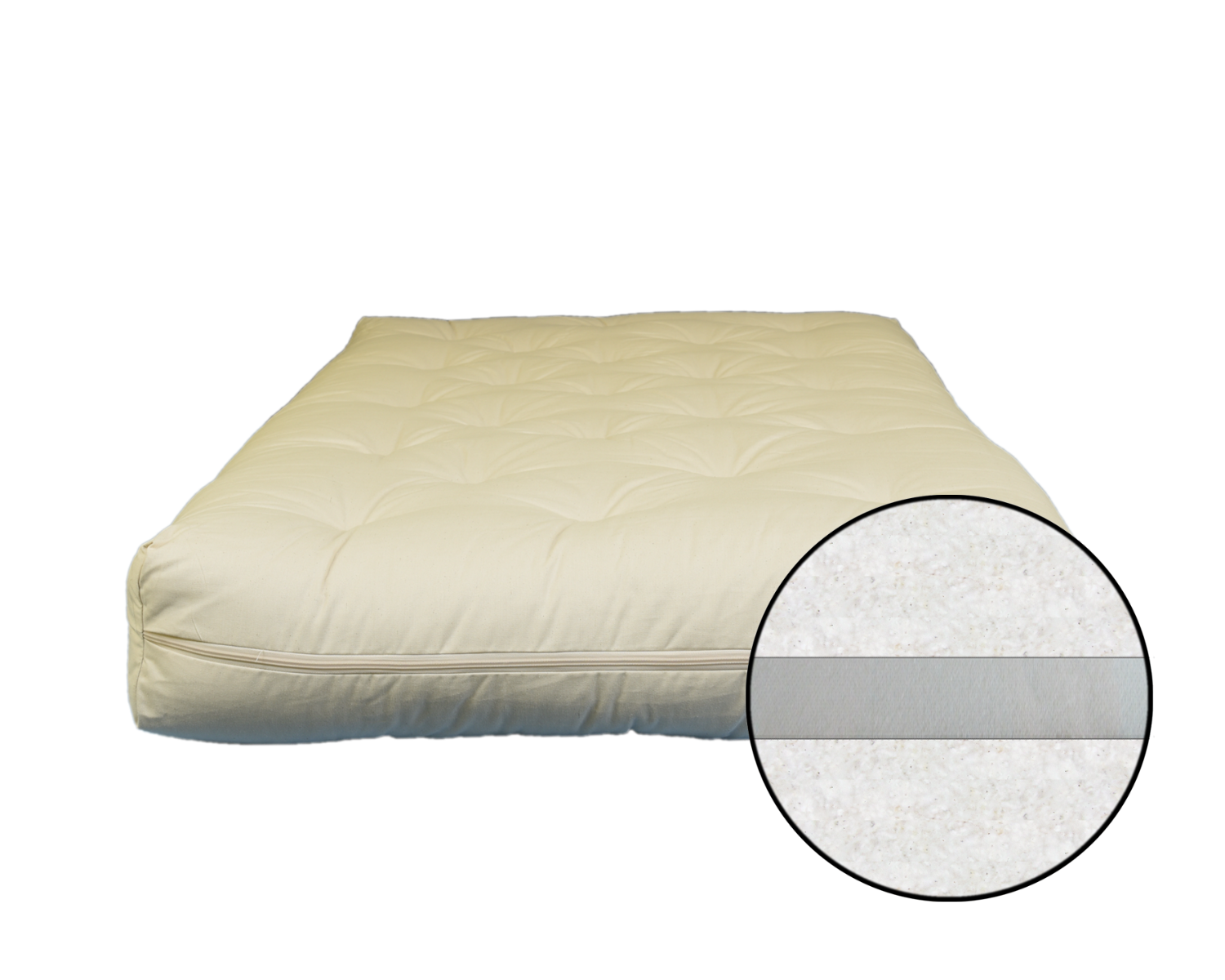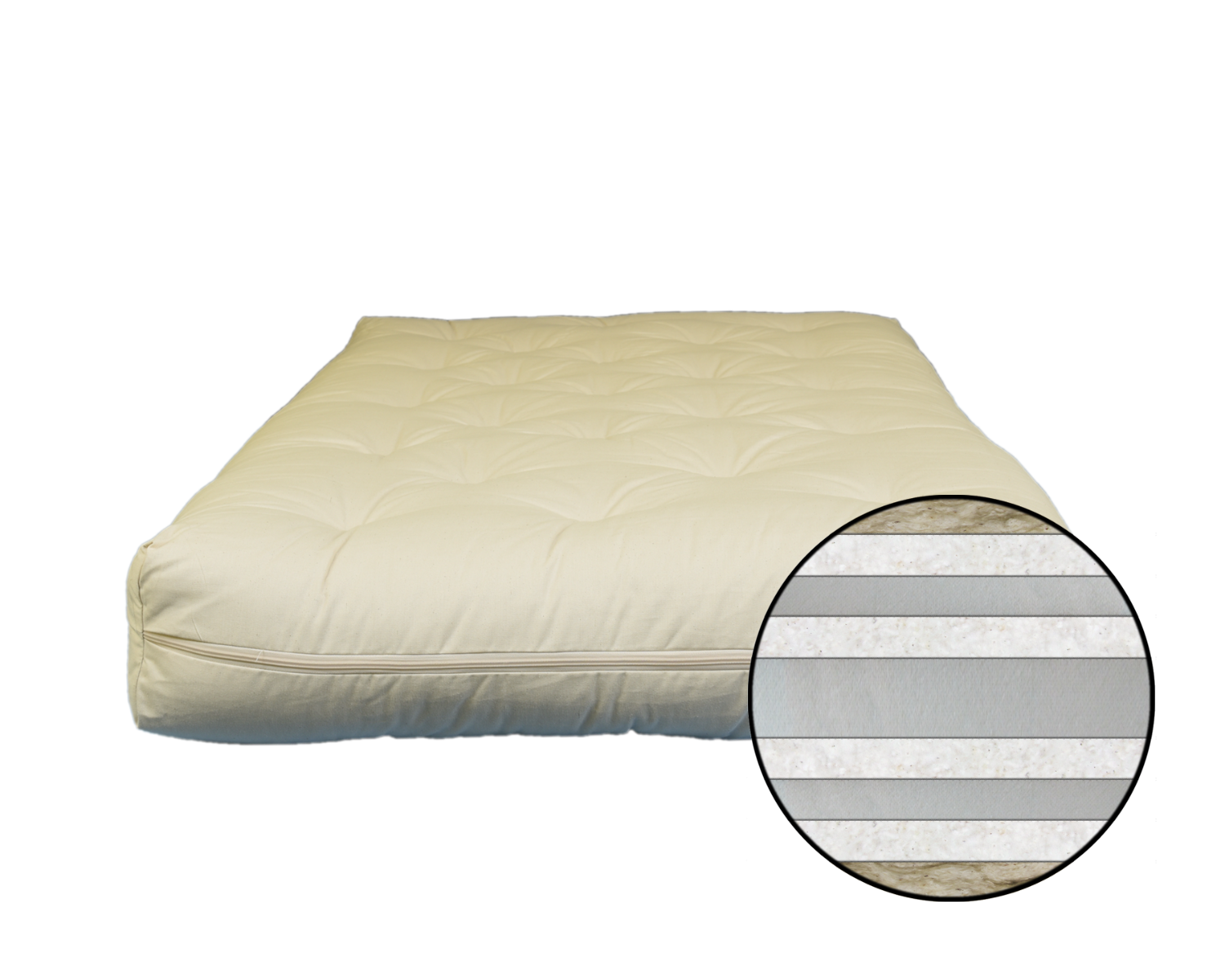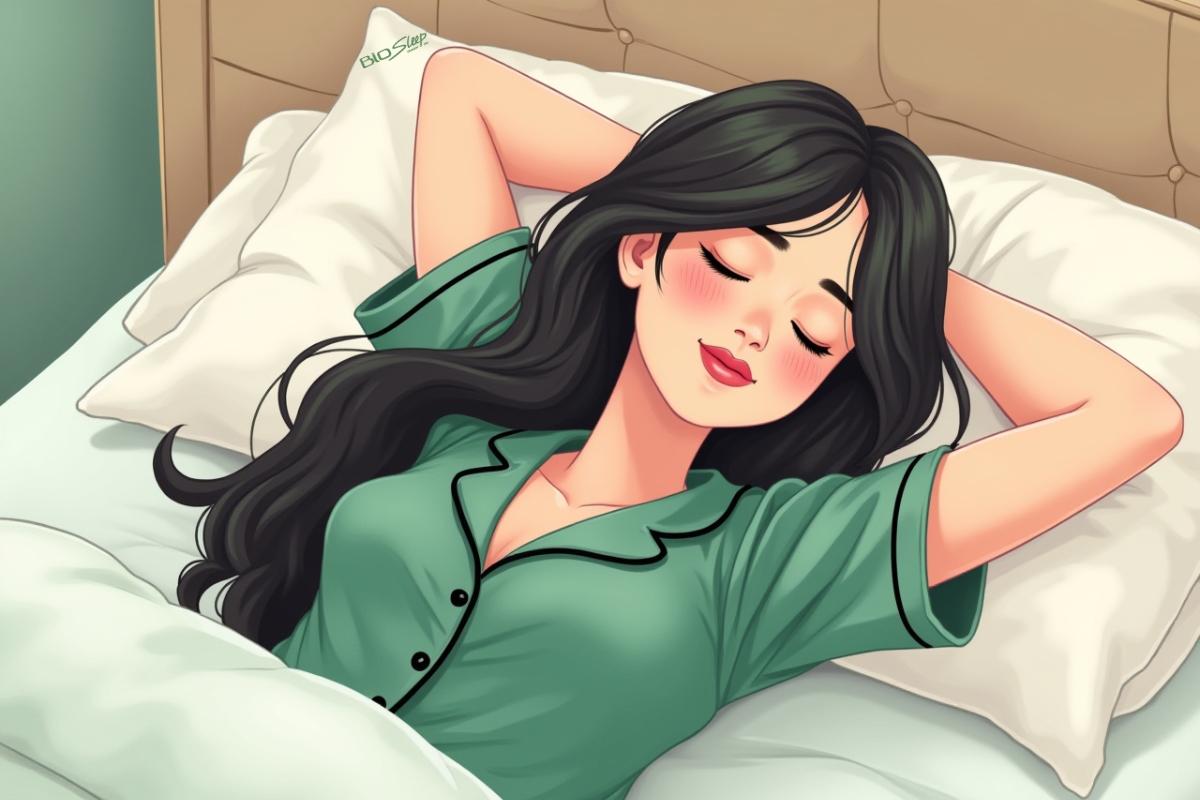Today’s modern interior design is more about creating a minimalist space. Most homeowners are looking for space-efficient furniture to create a clutter-free living area.
In the world of interior design, minimalism is a style that is characterized by simplicity and extreme sharpness. Creating a minimalist yet cozy bedroom seems to be a challenging task, especially when the room is not spacious enough.
Sometimes, you may need an extra sleeping surface for your guests but purchasing another bed can be big-budget or more space-occupying. Therefore, you need a space-saving option, a piece of furniture that can be used both as a bed and a daytime couch.
Here come the benefits of a modern Western-style futon!
Many confuse modern futons with traditional futons or shikibutons. However, western-style futons are different from shikibutons. These modern futons include a wooden frame and a futon mattress. At present, these futon mattresses have popularly become a part of minimalist living styles.
In the below sections, we’ll discuss what shikibutons and Western-style futon mattresses are and how they differ from each other.
What are Shikibutons?
A traditional futon or shikibuton is a thin, rectangular mattress that Japanese people use to sleep on. They place a mat called tatami on the floor and lay a shikibuton over it. Each day, after use, they fold and store it in a safe place.
Shikibutons are usually filled with wool or cotton, and covered with a removable and washable cover. Due to their lightweight, portability, and easy-to-store characteristics, these mattresses are still popularly used in Japan.
Besides all these characteristics, shikibutons provide great support and comfort to all sleepers, carrying out traditional Japanese culture.
What are Western-style Futon Mattresses?
Western-style futons are an inherent part of Japanese traditional shikibutons. They are mainly designed to blend well with the modern living style of the Western world.
In 1982, being inspired by Japanese futons, William Brouwer introduced Western-style futons. He designed this particular type of furniture to save space and fit in small apartments.
Unlike its Japanese counterpart, a Western-style futon consists of a wooden or metal frame and a futon mattress. The frame is adjustable enough to shuffle between a sofa and a bed.
At present, futon mattresses are available in different designs, shapes, and sizes to fit in your futon frame and living space.
Difference between Shikibutons and Western-style Futon Mattresses
Although Western-style futon mattresses are adapted from Japanese shikibutons, there are a few dissimilarities in their characteristics.
-
Thickness
Since Japanese futons and Western-style futons are placed on different surfaces, their thickness varies.
Western-style futon mattresses are thicker than traditional futons or shikibutons. A shikibuton is usually 3 to 4.5 inches thick, whereas the thickness of a modern futon mattress is 4 inches or more.
-
Flexibility
A shikibuton is placed on the floor or sometimes over a mat. It can be easily folded and stored after use.
Western-style futon mattresses are designed to place on futon frames. These mattresses are thicker enough to fold and stack in the cupboard.
Therefore, a traditional futon or shikibuton is more flexible than a modern futon mattress. However, one can easily convert a futon bed into a sofa by lifting its back section.
-
Maintenance
Shikibuton
- Since a shikibuton is placed on the floor or over a thin mat, there are more chances of dampness and mold accumulating in its layer. One needs to air it out regularly in the sunlight to keep it fresh and damp-free.
- Covering the shikibuton with a cover will be a smart option to avoid dust, spills, or stain.
- It is essential to flip and rotate a shikibuton once every week to avoid dips and indents. It will allow the stuffing to stay evenly spread throughout the mattress.
Western-style Futon Mattress
- A futon mattress is placed on a futon frame, so there’s comparatively less risk of dampness than a traditional shikibuton.
- Exposure to sunlight and fresh air is beneficial for Western-style futon mattresses too.
- One can vacuum the mattress to eliminate dust.
- A modern futon mattress is suitable for both dry cleaning and washing. One should use laundry detergent and warm water to remove a stain or spill from it.
Western-style futon mattresses do not require additional storage space, whereas one needs extra cupboard space to store shikibutons.
The Bottom Line
Having a Western-style futon can save your floor space by banishing the need for more resting furniture. People living in college dorms or studio apartments can be highly benefited by embracing these modern futon mattresses.
Western-style futons are lighter than conventional beds, so one can easily clean up their floor by moving the futon bed or couch. Many prefer to rest on the floor by placing a Western-style futon mattress. Like, traditional Japanese culture, they also believe lying in this manner helps alleviate their body aches, promoting better sleep.








